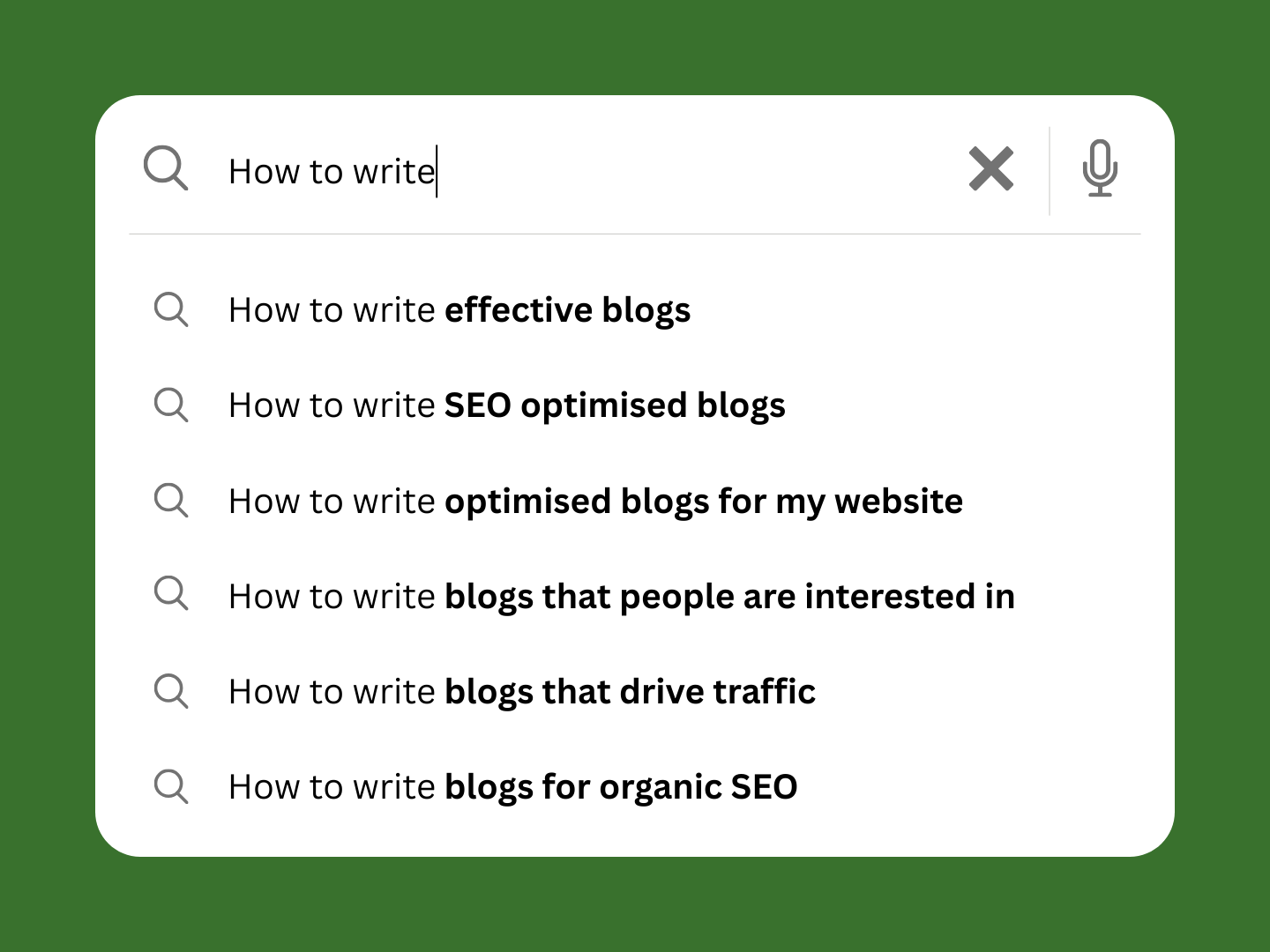When it comes to marketing, blogs are still one of the most powerful tools you can use. They build trust with your audience, answer real questions people are searching for, and boost your visibility in Google. But here’s the thing—not all blogs are created equal.
A blog without SEO is like a shop with no sign outside: people might stumble across it, but most won’t even know it exists. That’s why every blog we create at Vault is written with both your audience and search engines in mind.
Here’s the simple process we follow to make sure each piece of content works harder for your brand:
Step 1: Start with the Right Topic & Keyword
We begin by defining a clear focus. What’s the blog about, and what’s the main key phrase we want it to rank for?
-
Example: instead of a broad topic like “Marketing”, we’d narrow it down to “SEO tips for small businesses.”
-
Why? Because the more targeted the blog, the more likely it is to appear in front of the right people.
Think of it like this: if your blog doesn’t answer a specific question, someone else’s will.
Step 2: Check What You Already Rank For
Next, we look at Google Search Console to see which keywords your website already shows up for. By strengthening those rankings and adding new opportunities, we make sure every blog builds on the momentum you already have.
Step 3: Use Real Search Queries (The Secret Sauce)
This is where the magic happens. We don’t just guess what people want to read – we find out. Using tools like AnswerThePublic, Google Autocomplete, and the “People Also Ask” section, we collect real, intent-based queries your audience is searching.
These become the subheadings of the blog (the H2s), so the content naturally answers the exact questions people are typing into Google. This approach increases your chances of appearing in featured snippets (those handy little Q&A boxes you see at the top of search results).
Step 4: Build a Clear, SEO-Friendly Structure
Readers skim. Search engines scan. A great blog needs to be easy to read for both.
-
We use your key phrase and supporting keywords naturally throughout the blog.
-
We add subheadings, short paragraphs, and bullet points for easy digestion.
-
And we always include internal links to other relevant pages on your site (because keeping readers on your site longer = more authority with Google).
Step 5: Publish with Purpose
Before hitting publish, we run through a quick checklist:
-
Is the topic clear and focused?
-
Have we used keywords naturally (no stuffing)?
-
Are the headings based on real search questions?
-
Do internal links guide readers to take the next step (book, browse, learn more)?
When all boxes are ticked, your blog isn’t just live — it’s primed to work as an always-on marketing tool, pulling in traffic and building authority for months (and even years) to come.
The Bottom Line
Blog writing isn’t just about filling your site with words — it’s about creating content that works. At Vault, we blend creativity with SEO strategy so your blogs sound human and rank higher. Because great marketing shouldn’t feel like guesswork — it should deliver results.
Want to see how SEO-led blogs could grow your brand? Let’s talk.



